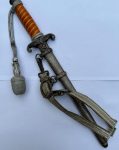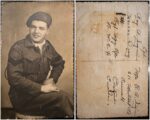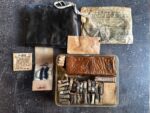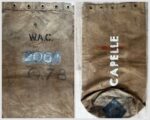The personal legacy of Sergeant Clark Heggison
This post is also available in:
 Nederlands
Nederlands
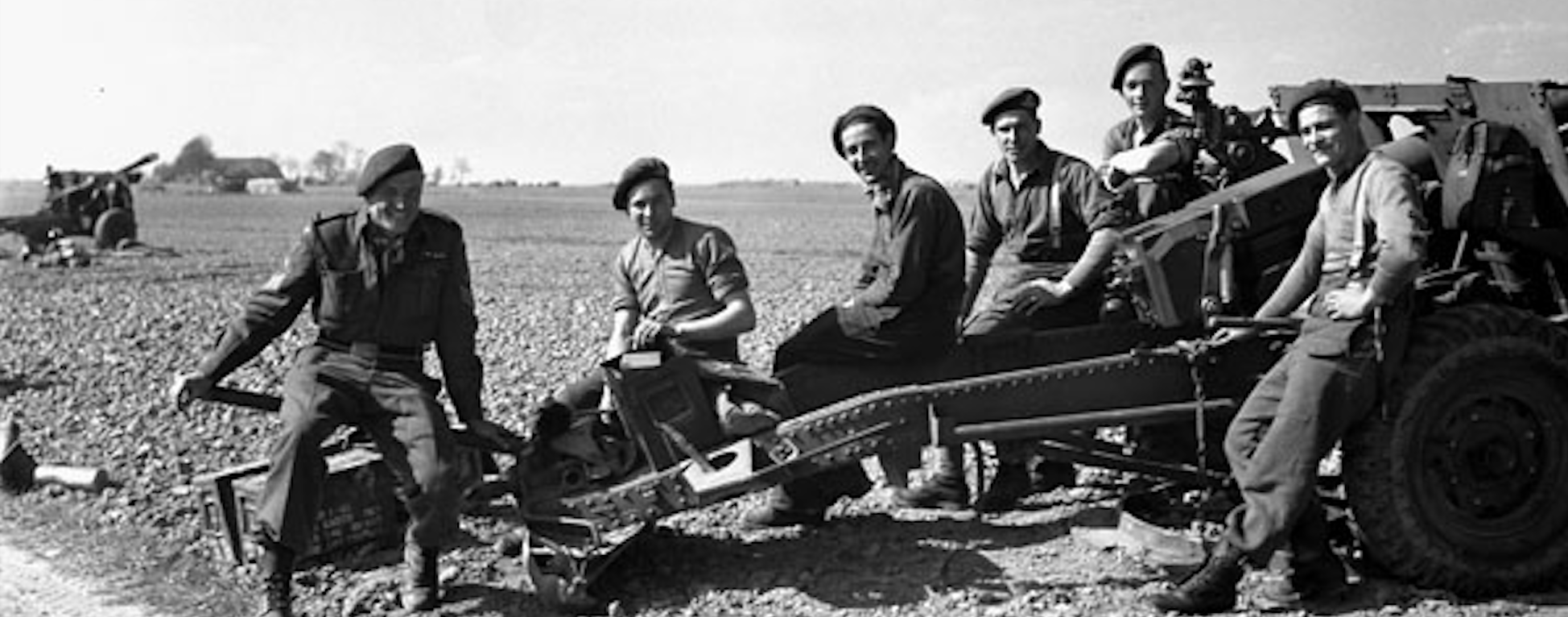
Every now and then, you come across a truly remarkable piece of history. A few weeks ago, I discovered an extraordinary collection on eBay: the personal belongings of Sergeant Clark Heggison, who served with the 8th Field Artillery Regiment, Royal Canadian Artillery.
This unique set includes his beret, wash roll, sewing kit, various insignia, and a staff map that contains the regiment’s original War Diary. Among the collection are several operational maps, including one of Delfzijl. One particularly intriguing item is a plaque from the municipality of Haren, which offers a fascinating glimpse into the final weeks of the war. On April 22, 1945, the 8th Field Regiment was ordered to move from Barneveld through Meppel to Eelde. The next day, they advanced to Wirdum, where they positioned their 25-pounder guns to support the Perth Regiment during the battle for the Delfzijl Pocket. On April 25, the unit came under fire from German coastal batteries firing 10.5 cm shells, resulting in the death of Corporal Edwards and the injury of another soldier.
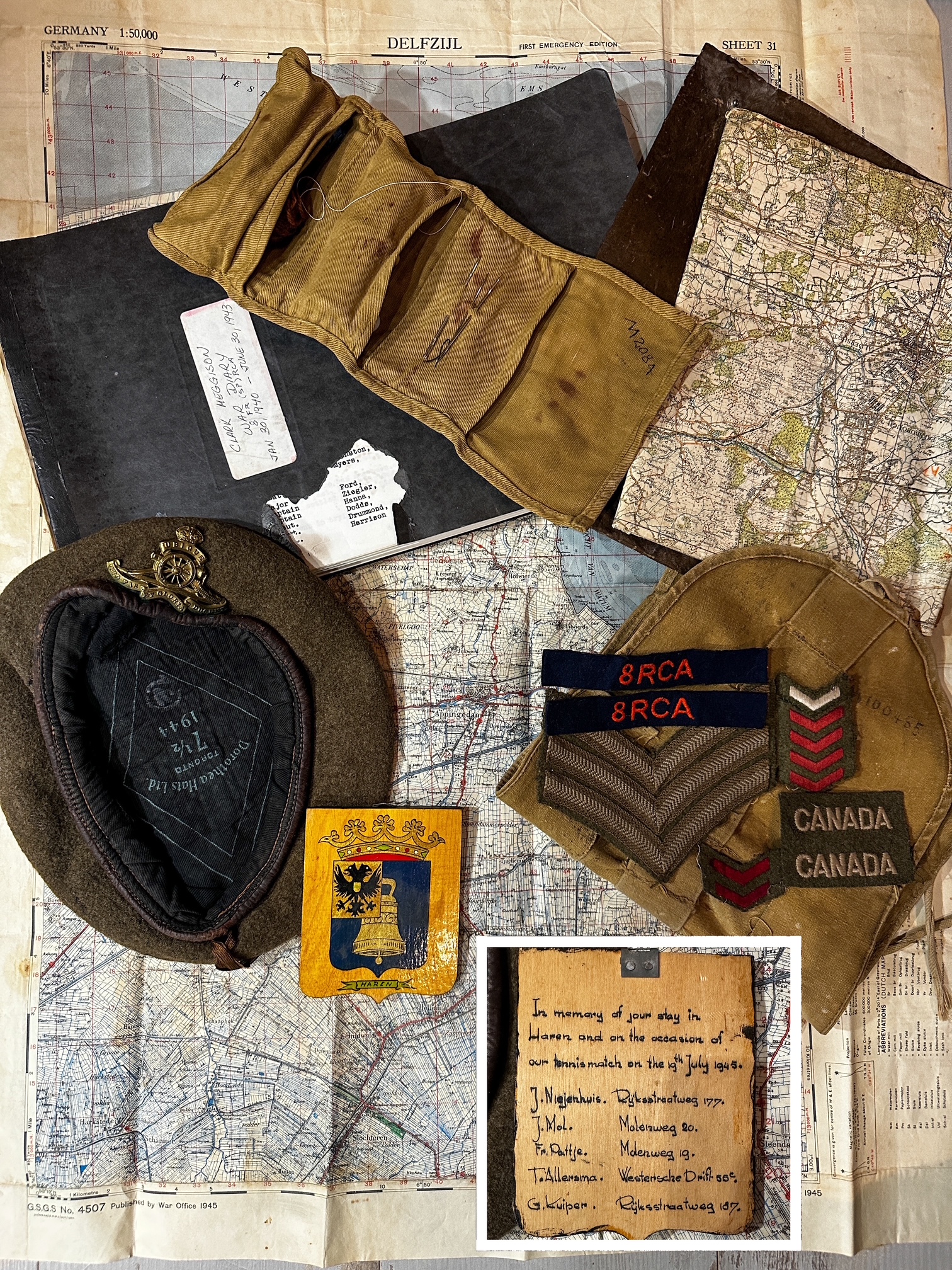
The personal legacy of Sergeant Clark Heggison
On April 29, the Canadians launched propaganda leaflets over the German lines, announcing that Heinrich Himmler had offered an unconditional surrender to the Allies. Target areas included the town of Delfzijl and its surrounding fortified positions. Just a few days later, on May 2, German commander Wolter surrendered in Farmsum — marking the end of the battle and, for Clark Heggison, the end of the war. On May 8, the regiment was moved to Haren for a period of rest. Soldiers were given time to relax and explore the city of Groningen, where they could swim and unwind. The plaque included in the set lists the names of the local families who hosted Heggison during this time. He also kept his staff map of Delfzijl as a personal memento of his final battle.

The War Diary of the 8th Field Artillery Regiment, Royal Canadian Artillery. It states that the regiment partly leaves for Haren on 8 May 1945.
A truly exceptional collection with immense historical value — a tangible link to the final chapter of the liberation of the Netherlands.



